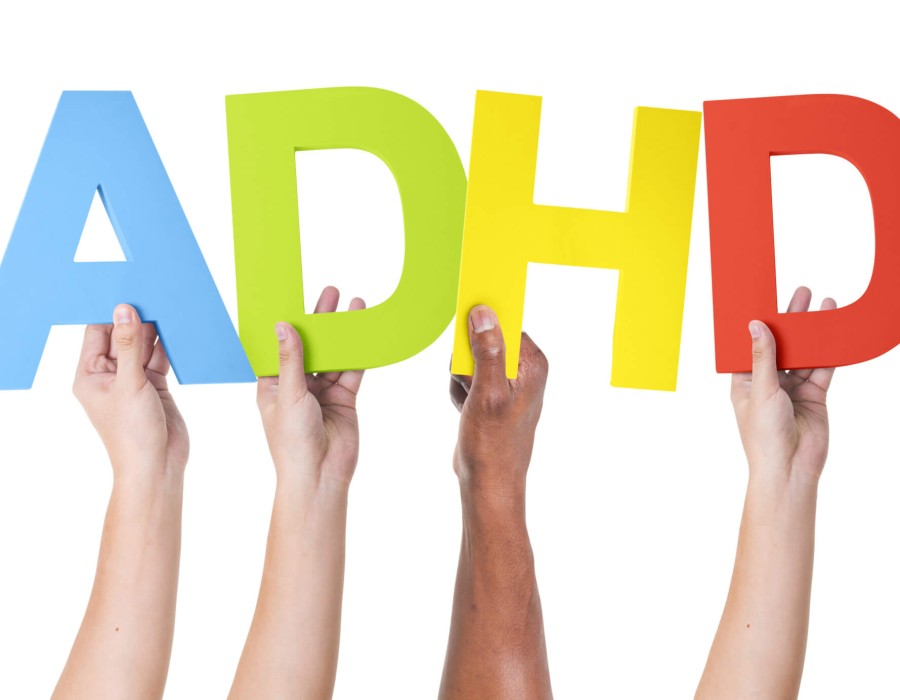Introduction:
Attention-Deficit/Hyperactivity Disorder (ADHD) remains a complex and multifaceted condition that continues to challenge researchers, clinicians, and individuals affected by it. As we delve deeper into the understanding of ADHD, new horizons emerge, offering fresh insights and opportunities for improved diagnosis, treatment, and support. In this article, we embark on a journey to explore the evolving landscape of ADHD, shedding light on recent developments, emerging research, and promising avenues for advancement.
Unraveling the Complexity
ADHD is characterized by persistent patterns of inattention, hyperactivity, and impulsivity that interfere with daily functioning and development. While the exact cause of ADHD remains elusive, research suggests a combination of genetic, neurological, and environmental factors contribute to its etiology. Advances in neuroscience, genetics, and neuroimaging have provided valuable insights into the underlying neural mechanisms and brain regions implicated in ADHD, shedding light on its complex and heterogeneous nature.
Understanding Neurobiology
Recent neurobiological research has highlighted the involvement of key neurotransmitter systems, such as dopamine, norepinephrine, and serotonin, in the pathophysiology of ADHD. Dysfunction in dopaminergic and noradrenergic signaling pathways, particularly in regions of the brain responsible for attention, impulse control, and executive function, has been implicated in the core symptoms of ADHD. Additionally, structural and functional abnormalities in brain regions such as the prefrontal cortex, basal ganglia, and cerebellum have been observed in individuals with ADHD, further elucidating the neural basis of the disorder.
Genetic Insights
Genetic studies have identified numerous candidate genes associated with ADHD, providing evidence of a strong genetic component to the disorder. Variations in genes involved in dopamine signaling, synaptic transmission, and neuronal development have been implicated in ADHD susceptibility. However, the genetic architecture of ADHD is highly complex, with multiple genes and genetic variants contributing to individual risk. Genome-wide association studies (GWAS) and polygenic risk scores have helped identify common genetic variants associated with ADHD, paving the way for personalized approaches to diagnosis and treatment.
Environmental Influences
In addition to genetic factors, environmental influences play a significant role in the development and manifestation of ADHD. Prenatal exposure to maternal smoking, alcohol consumption, and environmental toxins has been linked to an increased risk of ADHD. Adverse childhood experiences, such as trauma, neglect, and socioeconomic deprivation, can also contribute to the development of ADHD symptoms. Understanding the interplay between genetic predisposition and environmental factors is essential for unraveling the complex etiology of ADHD and informing preventive interventions.
Diagnostic Advances
Advances in diagnostic criteria and assessment tools have improved our ability to identify and characterize ADHD across the lifespan. The fifth edition of the Diagnostic and Statistical Manual of Mental Disorders (DSM-5) introduced changes to the diagnostic criteria for ADHD, including the recognition of the disorder as a neurodevelopmental condition that can persist into adulthood. The development of standardized rating scales, behavioral checklists, and computerized tests has facilitated the assessment of ADHD symptoms and impairment across multiple domains, enhancing diagnostic accuracy and reliability.
Treatment Paradigms
Treatment approaches for ADHD encompass pharmacological, behavioral, and psychosocial interventions aimed at reducing symptoms and improving functioning. Stimulant medications such as methylphenidate and amphetamine derivatives remain first-line pharmacotherapy for ADHD, effectively targeting core symptoms of inattention, hyperactivity, and impulsivity. Non-stimulant medications, including atomoxetine and guanfacine, offer alternative options for individuals who do not respond to or tolerate stimulants. Behavioral interventions such as cognitive-behavioral therapy (CBT), parent training, and classroom accommodations can help individuals develop coping strategies, improve self-regulation, and enhance academic and social skills.
Emerging Therapeutic Strategies
Advances in neuroscience and pharmacology have led to the exploration of novel therapeutic targets and treatment modalities for ADHD. Research into glutamatergic neurotransmission, neuroinflammation, and neuroprotection has identified potential avenues for developing new medications with improved efficacy and tolerability. Targeted interventions aimed at modulating specific neural circuits implicated in ADHD pathophysiology, such as the dopaminergic and noradrenergic systems, hold promise for personalized treatment approaches tailored to individual neurobiological profiles. Additionally, emerging technologies such as transcranial magnetic stimulation (TMS) and neurofeedback offer non-invasive methods for modulating brain activity and enhancing attentional control in individuals with ADHD.
Holistic Approaches
In addition to conventional treatments, holistic approaches that address the multifaceted nature of ADHD are gaining recognition. Lifestyle modifications such as regular exercise, adequate sleep, and a balanced diet rich in omega-3 fatty acids, vitamins, and minerals can support overall brain health and improve ADHD symptoms. Mindfulness-based practices, yoga, and relaxation techniques can enhance self-awareness, reduce stress, and promote emotional regulation. Furthermore, fostering a supportive environment that values neurodiversity, promotes acceptance, and provides accommodations and resources is essential for empowering individuals with ADHD to thrive.
Advocacy and Awareness
Advocacy efforts aimed at raising awareness, reducing stigma, and promoting understanding of ADHD are critical for fostering support and inclusion for individuals affected by the disorder. Education initiatives targeting healthcare professionals, educators, policymakers, and the general public can help dispel myths and misconceptions surrounding ADHD and promote evidence-based approaches to diagnosis, treatment, and support. By advocating for access to comprehensive, timely, and culturally sensitive services, we can ensure that individuals with ADHD receive the care and support they need to reach their full potential.
Conclusion
The frontier of ADHD research and treatment is characterized by ongoing exploration, discovery, and innovation. Advances in neuroscience, genetics, and diagnostic assessment continue to deepen our understanding of the neurobiological basis of ADHD and inform personalized approaches to diagnosis and treatment. Emerging therapeutic strategies hold promise for improving symptom management and enhancing the quality of life for individuals with ADHD. By embracing holistic approaches, advocating for awareness and inclusion, and fostering a supportive environment, we can navigate the new horizons of understanding ADHD and empower individuals to thrive despite the challenges they face.





Comments